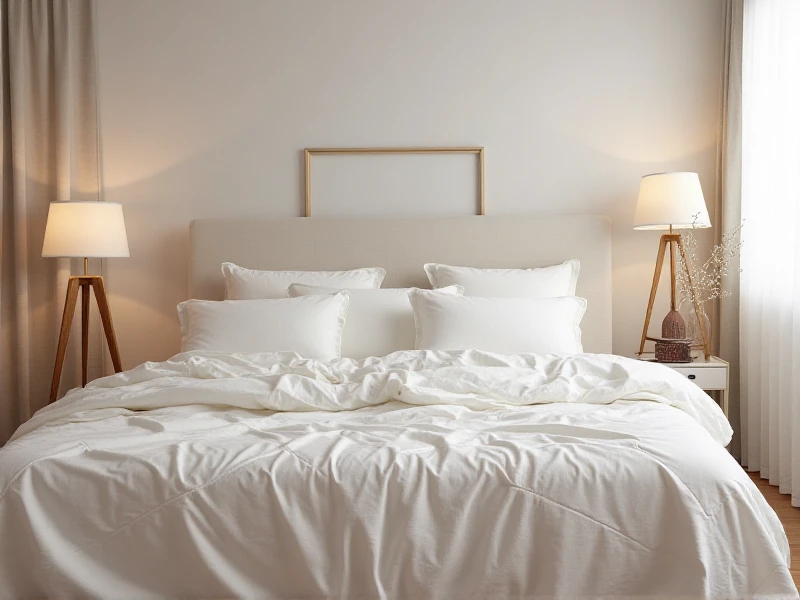Unlocking the World of Textile: A Journey Through History, Types, and Modern Trends
2025-06-04

Textile, a term that echoes through the threads of human civilization, surrounds us in every moment of our lives. From the clothes we wear to the upholstery in our homes, textile forms the fabric of our daily experiences. As someone passionate about this dynamic industry, I've seen firsthand how it weaves together innovation, culture, and sustainability. In this article, we'll explore the rich tapestry of textile, diving into its historical roots, diverse types, wide-ranging applications, and emerging trends. Whether you're a designer, a consumer, or simply curious, understanding textile can open doors to smarter choices and deeper appreciation for this essential craft.
The history of textile is as ancient as humanity itself. Archaeologists trace its origins back over 10,000 years, with evidence of woven fabrics found in prehistoric sites across Asia and the Middle East. Early societies used natural fibers like flax and wool to create rudimentary cloth, which evolved into complex looms during the Industrial Revolution. This era brought revolutionary changes—think of the cotton gin in the 18th century or synthetic fibers in the 20th—transforming textile from handmade artistry to mass production. Today, the industry continues to innovate, building on millennia of craftsmanship while pushing boundaries in materials science.
When we talk about types of textile, it's crucial to distinguish between natural and synthetic fibers. Natural textiles, derived from plant or animal sources, include cotton for its breathability, wool for its warmth, and silk for its luxurious sheen. These have been staples for centuries, offering sustainable options that many artisans still favor. On the other side, synthetic textiles like polyester, nylon, and acrylic emerged in the mid-1900s, introducing durability, stretch, and cost-effectiveness that revolutionized clothing and industrial uses. Blends have become popular, combining say, cotton and polyester to harness the best of both worlds. Fabrics such as denim, linen, and knits fall into various categories, each with unique textures and purposes that cater to different needs. Choosing the right textile involves balancing factors like comfort, durability, and environmental impact—as a consumer who values quality, I always recommend examining labels and understanding material sources.
The applications of textile extend far beyond fashion. In the garment sector, it defines trends and functionality, from athletic wear using moisture-wicking synthetics to high-end couture featuring intricate weaves. Home textiles play an equally vital role; think curtains, bed linens, and rugs that transform living spaces with comfort and style. Industrially, textiles are unsung heroes—used in automotive interiors for safety, medical supplies such as bandages, and even aerospace materials for lightweight performance. Innovations like smart textiles integrate technology, such as embedded electronics for health monitoring, making this field a hub of creativity. For businesses in the textile sector, adapting to demand is key; I've worked with brands that focus on niche markets like eco-apparel or bespoke upholstery, reaping rewards from targeted approaches.
Sustainability is reshaping the future of textile. With growing environmental concerns, the industry faces pressure to reduce waste, water consumption, and chemical use. Strategies like recycling fabrics, adopting organic cotton, and promoting circular economy models are gaining traction. Certifications like GOTS (Global Organic Textile Standard) help guide ethical choices, ensuring fair labor and eco-friendly processes. Upcoming trends include bio-based textiles made from algae or mushrooms, offering greener alternatives. As an advocate, I encourage supporting brands that prioritize sustainability—it's not just a trend but a shift toward a healthier planet.
In conclusion, the world of textile is a vibrant, evolving realm that touches every aspect of our lives. By diving into its history, exploring its types, and staying informed about sustainable practices, we can make conscious decisions that benefit both industry and environment. If this inspires you to learn more, visit reliable sources or engage with communities exploring textile—your journey into this fascinating field might just inspire the next wave of innovation. (Word count: 802)
Category: